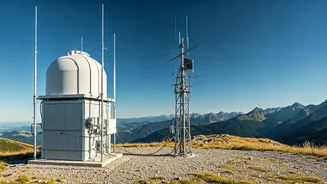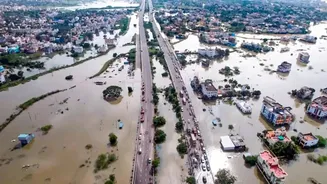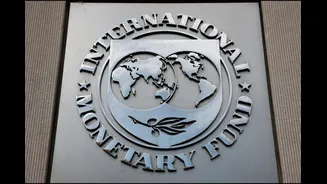Ring of Fire Location
Japan's susceptibility to earthquakes is rooted in its geographical location. The nation sits on the Pacific Ring of Fire, a region notorious for its high
levels of tectonic activity. Specifically, Japan is where the Pacific, Philippine Sea, Eurasian, and North American tectonic plates converge. The constant motion and collisions of these plates are the primary cause of the frequent tremors experienced in the country. Additionally, Japan's subduction zones and high levels of volcanic activity further contribute to its designation as an earthquake-prone zone, highlighting the complex geological forces shaping this island nation and the risks its inhabitants face. This particular geographical setting explains why seismic activity is so prevalent and impactful on the Japanese islands.
Seismic Monitoring Network
In response to its earthquake-prone environment, Japan has invested heavily in creating one of the most advanced seismic monitoring networks globally. This sophisticated system allows the nation to record and analyze even minor seismic events with remarkable precision. This comprehensive network aids in early detection and understanding of earthquake activity throughout the country. It also provides data crucial for implementing effective safety measures. With this detailed information, Japan can improve its infrastructure and disaster response strategies. The level of detail and real-time data allows for a proactive approach to mitigating the impact of these natural disasters.
Recent Hokkaido Quake
On a recent Friday, an earthquake with a magnitude of 5.7 struck Hokkaido, Japan. This seismic event occurred at a depth of 10 kilometers. Fortunately, initial reports indicated no injuries or casualties as a result of the tremor. This earthquake serves as a reminder of the constant seismic activity that Japan experiences and the ongoing need for preparedness and effective response mechanisms. Despite the significant magnitude, the shallow depth, and the potential for aftershocks, the lack of reported casualties highlights the efficacy of Japan's disaster preparedness measures, including infrastructure design and emergency response protocols.
Global Seismic Activity
The recent seismic events extend beyond Japan. Just days before the Hokkaido earthquake, Afghanistan experienced a magnitude 4.3 quake, adding to the global picture of ongoing tectonic activity. Furthermore, on October 22nd, a magnitude 3.6 earthquake was recorded in Tibet. Additionally, the National Centre for Seismology (NCS) reported that an earthquake of magnitude 3.7 hit regions of Pakistan and Afghanistan on a recent Friday morning. This quake originated at a shallow depth of 10 kilometers. The global occurrences indicate that seismic activity is not limited to one region. It highlights the widespread nature of these geological events and the importance of international cooperation in understanding and responding to them.

















